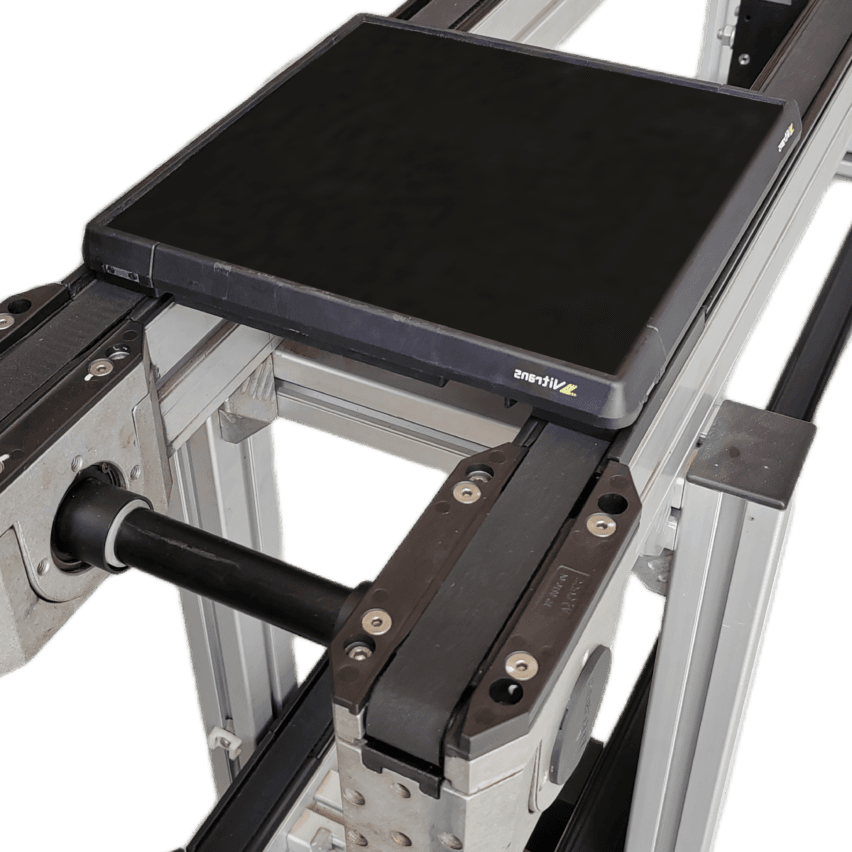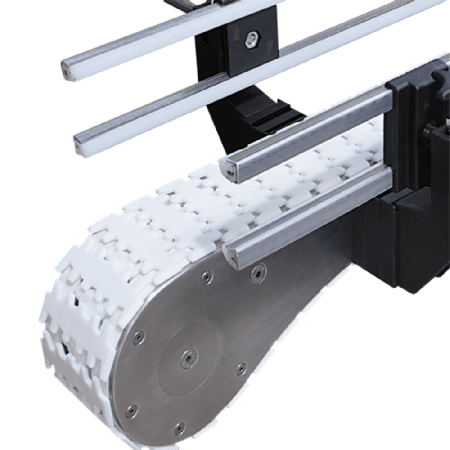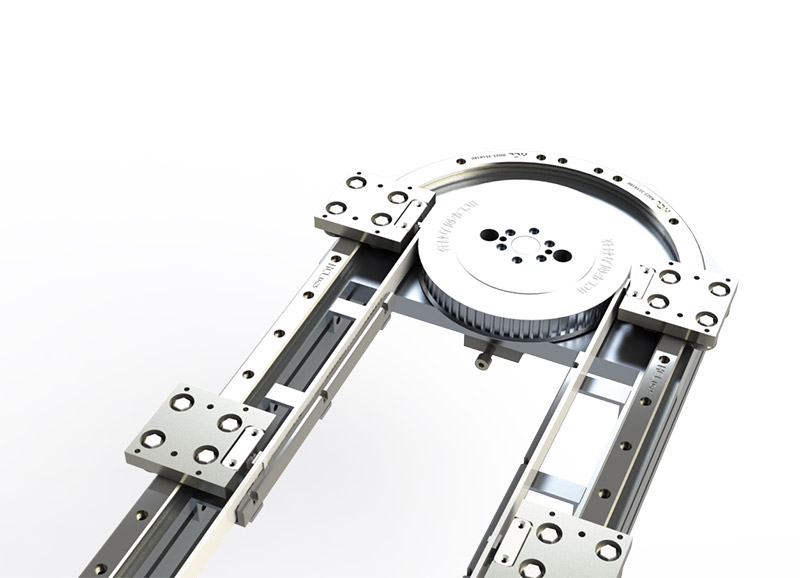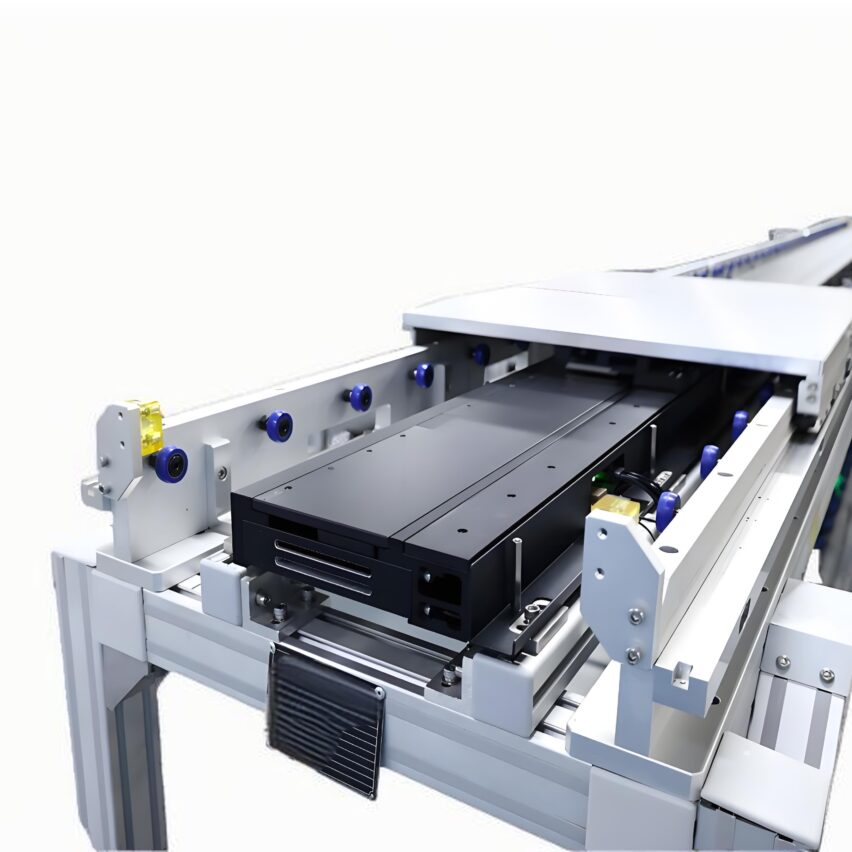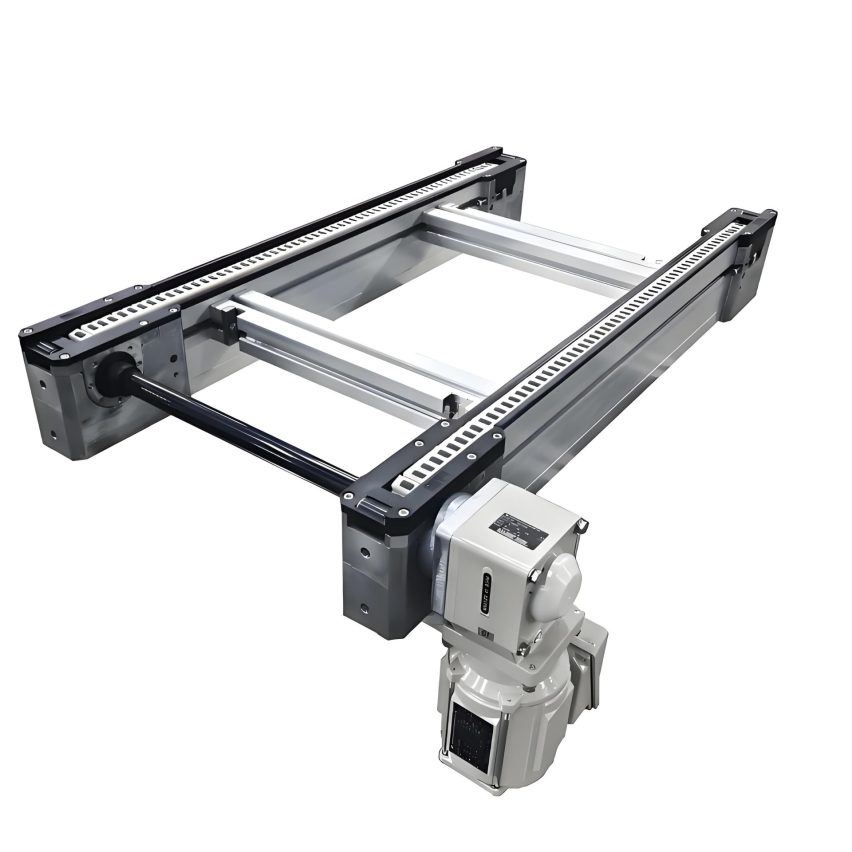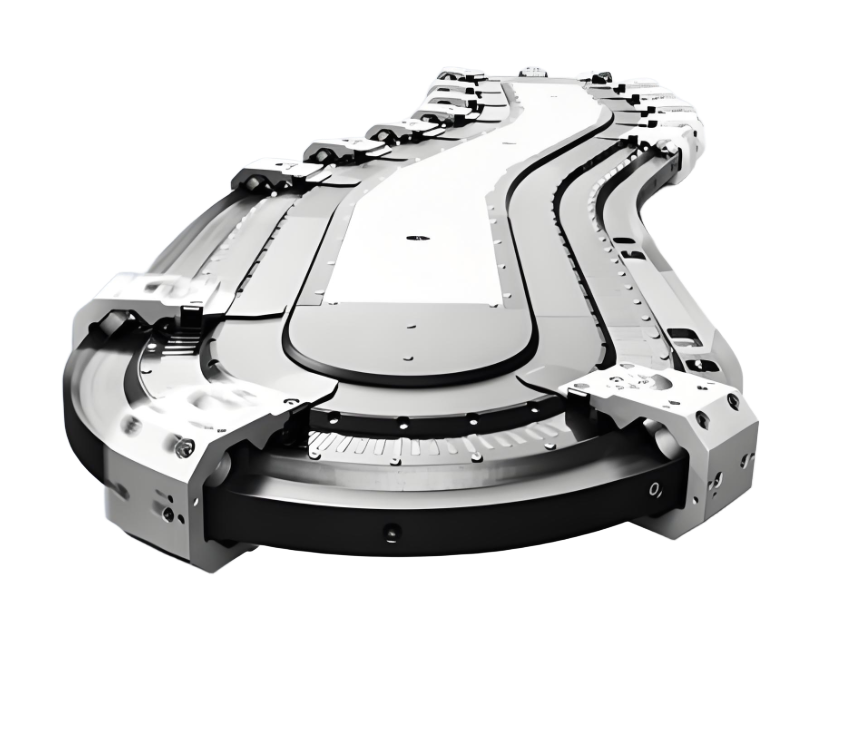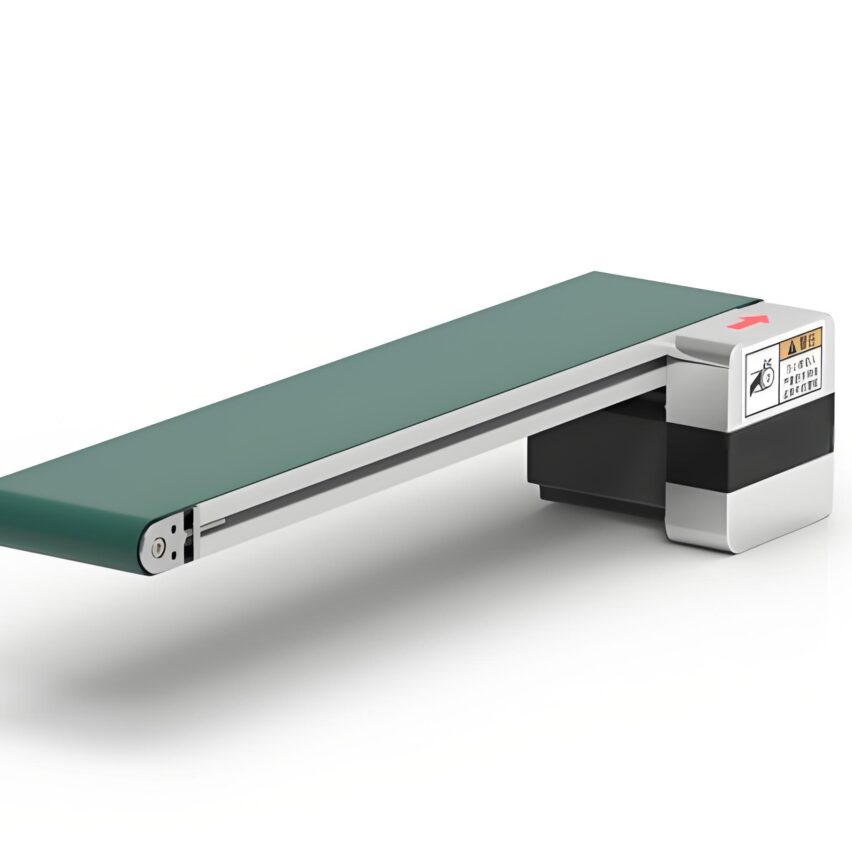Fundamental Question: What is a magnetic drive system? Why is it a natural choice for semiconductor manufacturing?
Q: Why are traditional conveyor systems being eliminated in Class 1000 cleanrooms?
Metal debris and grease evaporation from mechanical drives can contaminate wafers, causing yields to plummet by more than 5%. The magnetic drive system completely eliminates physical friction through non-contact magnetic levitation technology, reducing the risk of dust by 99%.
Q: How are the core benefits of modular magnetic drives quantified?
- Leap in precisionRepeatable positioning accuracy of ±0.01mm (±0.1mm for conventional systems) to meet the micron-level alignment requirements for 3nm process wafers;
- flexible production: Independent programming control of the actuator, support for asynchronous motion, and reduction of changeover time from hours to software parameter adjustment;
- life-cycle cost: Maintenance-free design reduces failure rate by 60% and overall energy consumption by 30%.
Scenario Question: How to select a wafer fab? How do key parameters match production line requirements?
Q: How do you balance speed and cleanliness in FOUP wafer cassette handling scenarios?
- speed requirement: Select a dynamic magnetic system with acceleration ≥ 1G and speed ≥ 5m/s (e.g. IMTS solution) to ensure efficient transfer of 300mm wafer cassettes for 7×24 hours;
- clean design: Priority aluminium alloy anti-static guide rail + oil-free lubrication, with FFU purification module to maintain ISO class 5 environment.
Case: A memory chip factory adopts a hybrid line with magnetic drive + smart wheel, FOUP handling efficiency is increased to 255 boxes/hour, and manpower cost is reduced to 30%.
Q: What are the technical pitfalls to be avoided in CMP slurry conveyor line selection?
- Pit-avoidance core structure: Ironless core motors, although costly, eliminate magnetic trough forces and avoid metal ion contamination of the slurry (conventional pumps >1000 particles per cubic metre);
- communication protocolsEtherCAT bus is mandatory for real-time monitoring of the position of the actuator, and flow fluctuation control <±1%.
Q: How to achieve "magnetic drive compatibility" in the retrofit of old fabs?
- spatial adaptation: Modular splicing guide (single section ≤150m), supports L-type/U-type corners, saves 60% footprint;
- hybrid programme: Magnetic drive + beltline segmented deployment (e.g. Medela MFTS system), retaining the original mechanical segments and reducing retrofit costs.
Solution: The Cost of Selection Mistakes and the Breakthrough Value of Modular Design
Q: What is the knock-on effect if load compatibility is ignored?
- Precision collapseOver 20KG wafer cassette handling requires customised high thrust actuators (peak ≥ 400N), otherwise the positioning error exceeds ±0.03mm resulting in lithography offset;
- production line is paralysed: An 8-inch line was forced to shut down and rebuild due to insufficient load, with a monthly capacity loss of over 3,000 wafers.
Q: How does modularity allow flexibility for "process iteration"?
- dynamic expansion: Quick adaptation to new process beats by increasing or decreasing the number of actuators (minimum pitch 96 mm) without hardware replacement;
- smart upgrade (computing): Open API interface to support MES system integration and real-time optimisation of kinematic paths (e.g. S-curve shock-absorbing algorithms).
Q: Where is the price/performance inflection point for domestic substitution?
- cost comparisonDomestic modular magnetic drive (such as Su magnetic technology) price is lower than foreign 40%, 8-inch line transformation cost recovery period <1 year;
- Technology BreakoutThe feed-forward algorithm "Arrangement on Demand" developed by Chunghwa Precision solves the fluctuation of coil transition force, and the yield rate is on par with the international level.
When China's semiconductor industry is facing the battle of sub-7nm process, the modular magnetic drive system has been upgraded from an "optional accessory" to the core infrastructure of yield defence. From the dust-free closed-loop logistics of wafer cassettes to the pico-pure transport of CMP slurry, its value does not lie in replacing the traditional, but in reconstructing the logic of production - using the precision and cleanliness of the magnetic field to pave an atomic-level path for the continuation of Moore's Law. (Data and technical parameters from IMTS system manual, Minhang Intelligent Control white paper and industry application reports)


